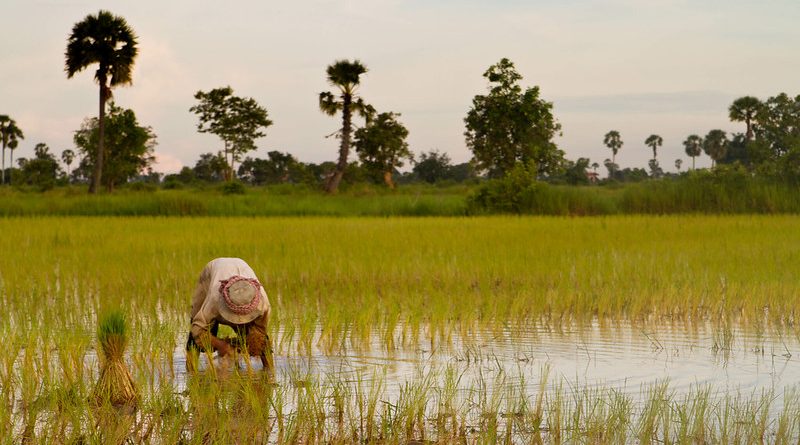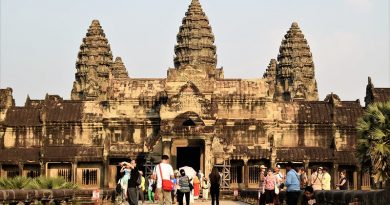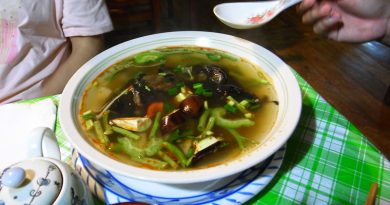Tuol Sleng and the Killing Fields
History Facts
Where: Cambodia, southeast Asia
When: 1975-1979
History: Brutal mass genocide of Cambodia’s innocent by tyrannical Communist dictator Pol Pot and the Khmer Rouge
Go There For: To honor Pol Pot’s victims and understand how and why such an atrocity could happen in our life time
This is the history that Cambodians will never forget.
For years surrounding Cambodia’s declaration of independence in 1953, the country was battered with civil war and multiple struggles for political power. During this time of unrest, a small Communist faction called the Khmer Rouge grew in popularity and finally, headed by general Pol Pot, overthrew the US Backed Lol Non government in 1975.
Crusade of Horror
The Khmer Rouge set out on a four year crusade of ethnic and moral cleansing over the country. This meant Vietnamese, Chinese, Muslim and Buddhist nationalists, supporters or those of any association, were to be expelled or eliminated. Pol Pot desired to restore the country to the Communist ideal of a rural state where commercial activities centred on honest factory work and farming. All urban dwellers were evacuated from the cities and sent to hard labour work camps in the countryside. The city centres quickly became ghost towns if not destroyed altogether.
The headquarters for all cleansing activity was called S-21, positioned in an old high school on the lower side of Phnom Penh. Prisoners taken by the Khmer Rouge were meticulously numbered and photographed as they entered S-21. From there, the Khmer used any torturous means to elicit a confession from the accused, then they were either executed on site or taken to the nearby fields of Choeung Ek where the victims would dig their own graves and be killed by inhumane means – sometimes as barbaric as getting prisoners to batter each other to death in the slender hope of getting mercy from their captors. These morbid acts took place at the infamous rice fields that would later become known simply as “The Killing Fields”. By the time the Vietnamese liberated Cambodia in 1979, 1.7 million people had been exterminated or died through suffering.
Visiting the legacy of Pol Pot today
Today, S-21 now serves the historic purpose of a museum, renamed Tuol Sleng, showcasing the torture setting as well as thousands of haunting black and white photographs of the numbered victims themselves. The most disturbing and somewhat controversial image was once the map of Cambodia constructed from the skulls and bones of victims found in the shallow graves on site. However, in 2002 the Cambodian government replaced it with a normal satellite map. They did this to try and move the nation past their Killing Fields image and to disguise their immediate brutal history.
From the museum, it is a dusty and bumpy moto ride or big trek across the twelve miles to the Killing Fields of Choeung Ek. This may not be a pleasant tourist site to visit but one that definitely serves to honour the memory of the victims, understand the history of the country and ensure that these atrocities will never happen again. Due to external as well as popular pressure, Cambodia has recently taken the difficult steps of setting up a war crimes tribunal to prosecute certain responsible members of the Khmer Rouge.
More Information
Books
Children of Cambodia’s Killing Fields: Memoirs by Survivors – by Dith Pran, Yale University Press 1997
Read the book by Dith Pran, the Cambodian photojournalist, which became the basis for the movie The Killing Fields.
Order this book from Amazon.com
Film
Watch the award-winning movie:
Killing Fields, The. Roland Joffé, Warner Home Video, 1984
Order this video from Amazon.com
Website
Cambodian Auto-Genocide Page
A Visitors Account of the Killing Fields
By Amy Jurries




